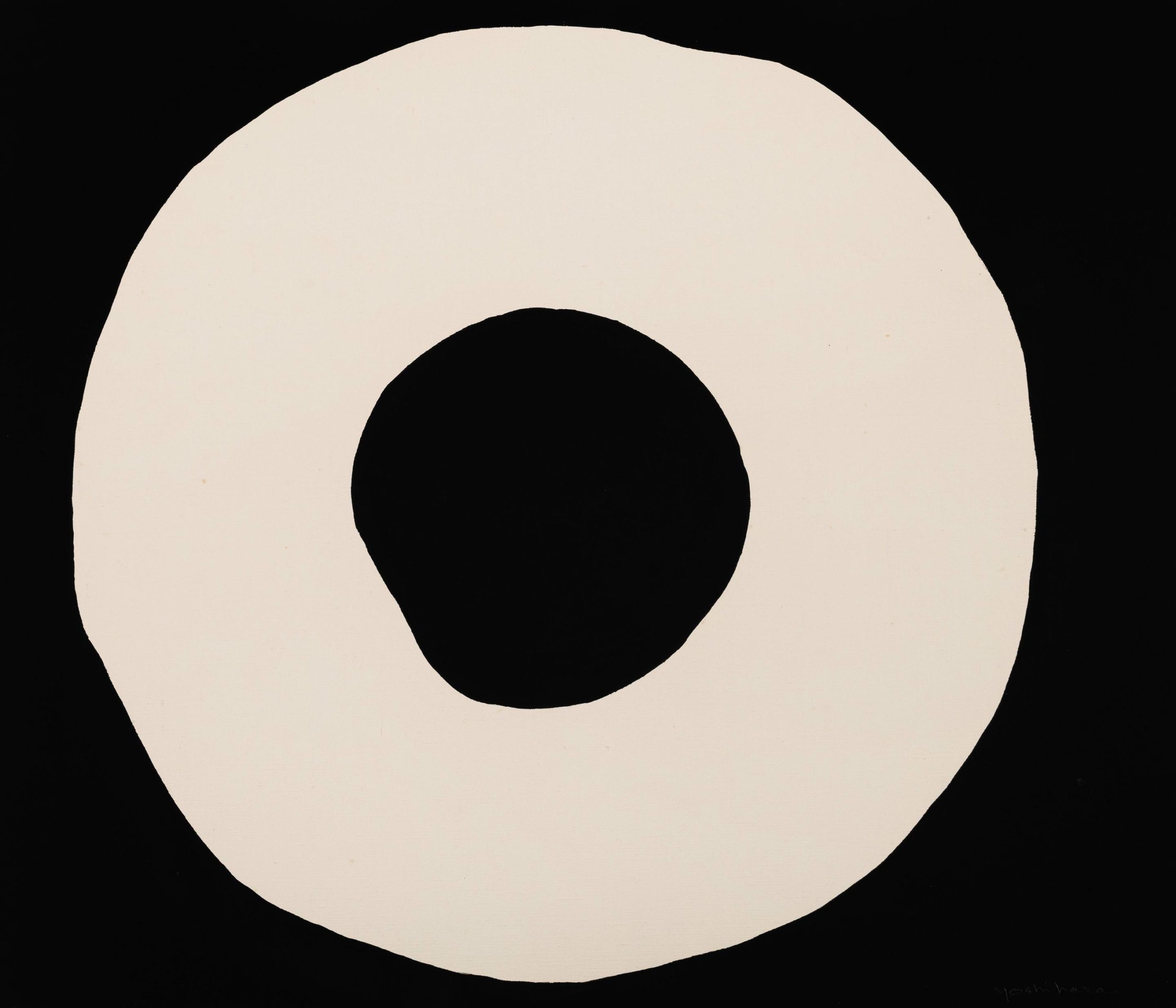It started with a trash can. In 1939 in Denmark, metalworker Holger Nielsen created a pedal-controlled bin for his wife Marie’s hair salon. Seeing that it was both highly functional and good-looking, patrons of the salon who were wives of doctors and dentists requested that same bin for their husbands’ clinics, and Nielsen began producing them on a larger scale.
Today, Vipp has moved from the professional supply side to the private, offering a variety of tools for the home, kitchen, and bathroom. Each object has been carefully researched and tested, to ensure, for instance, that if they release a salt and pepper grinder, it’s the best salt and pepper grinder there is. Timelessness is the ultimate goal. You won’t see seasonal color updates or a rush to meet the trends from Vipp. That doesn’t mean their pieces are devoid of pleasure, either. The sound of that salt and pepper grinder is a surprising delight. The feel of their kitchen drawers is incredibly smooth. The light cast by their lamp is the definition of hygge.
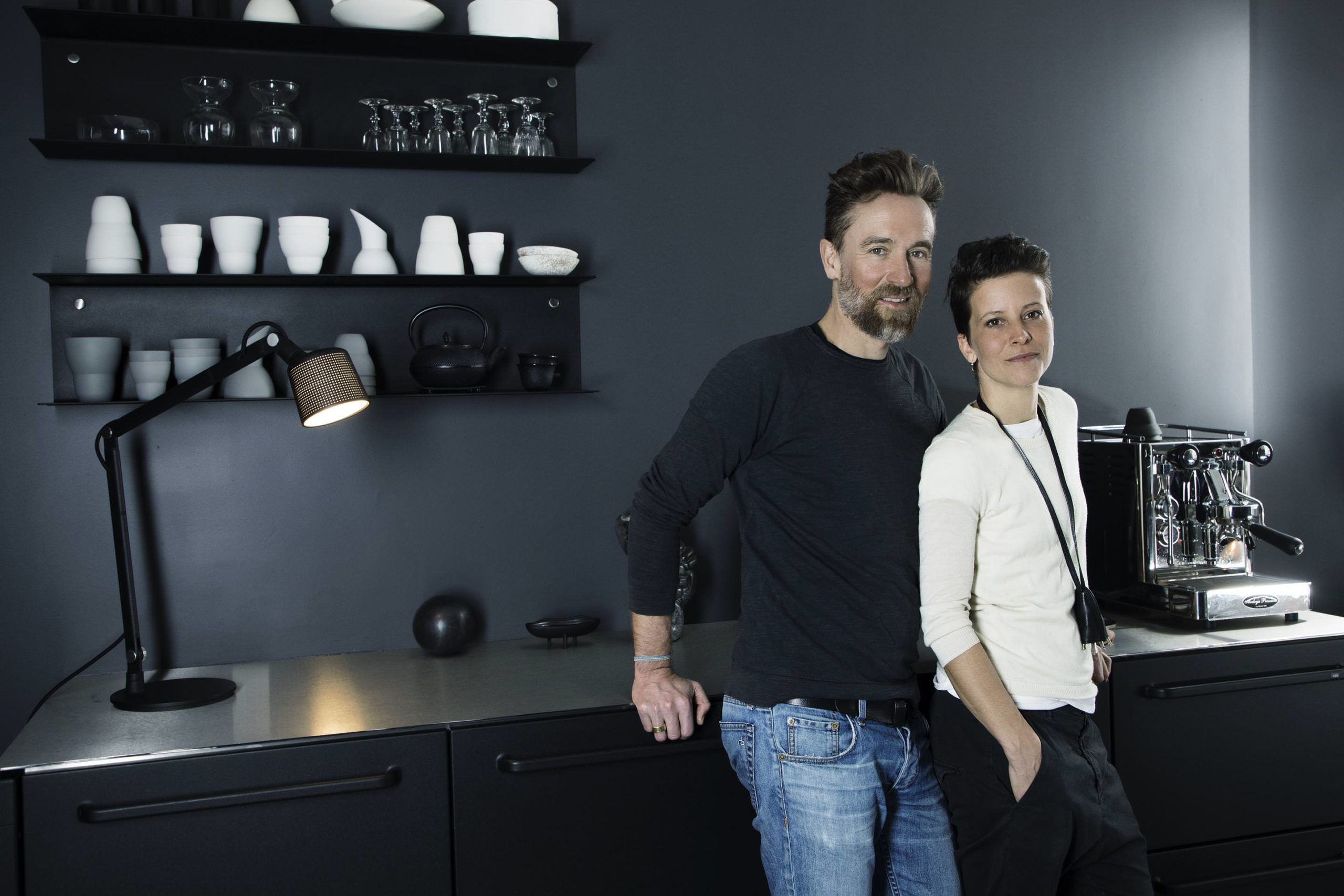
Photo by Steve Benisty.
Vipp, still a family-run company, is making waves in the U.S., where Sofie Christensen Egelund (the granddaughter of Nielsen) and her husband, Frank, have set up a showroom in New York, which is also where they live. In a loft-like space in Tribeca, appointments can be made to see the Vipp kitchen and home collection as they would be used.
Not in New York? You can try out the Vipp way of living with a getaway to Vipp shelter in Sweden and Vipp loft in Denmark, an experience that launched last fall.
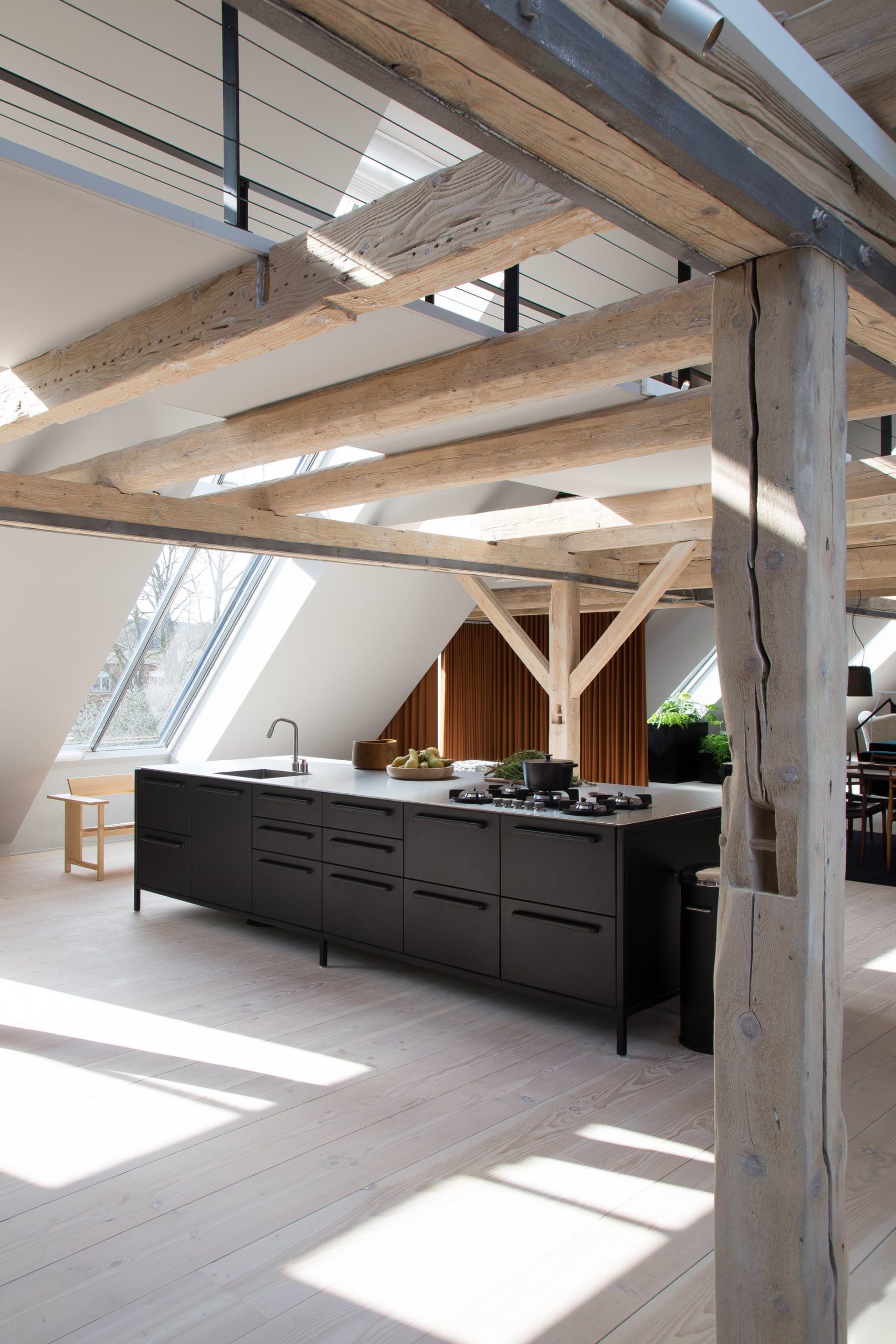
Courtesy of Vipp.
Whitewall met with Sophie and Frank in New York to discuss the impact that making a product last forever can have.
WHITEWALL: Where does the desire to create that one perfect object come from?
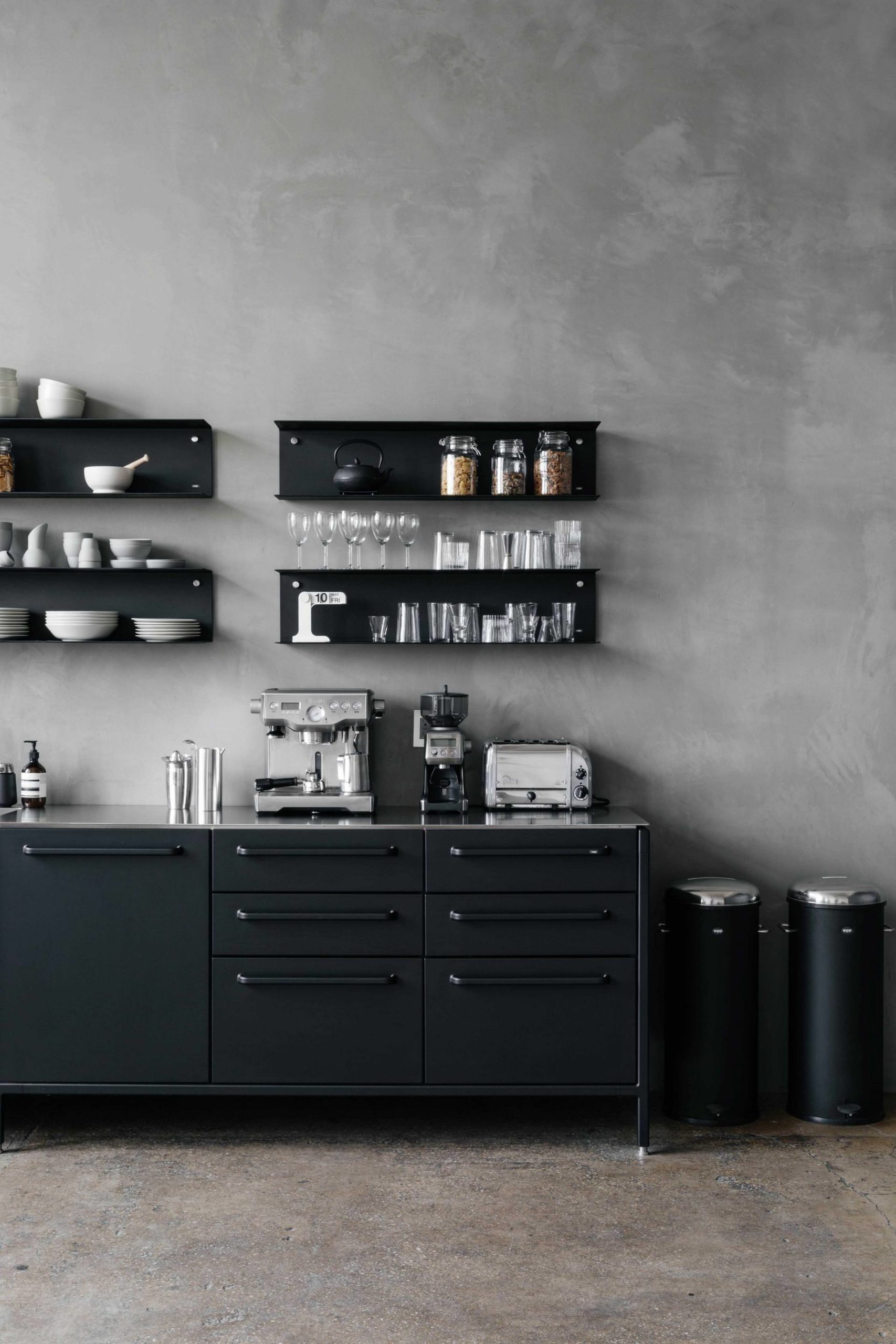
Courtesy of Vipp.
SOFIE CHRISTENSEN EGELUND: It’s very strongly rooted in our company, in our family, making things that last. It’s very much about being cautious to not add products that are not great. We really, truly believe in making products that last for life.
My grandfather created a product that—even after 80 years—is still appealing. So that is the benchmark every time we’re considering making new products: Would he be proud of what we have done?
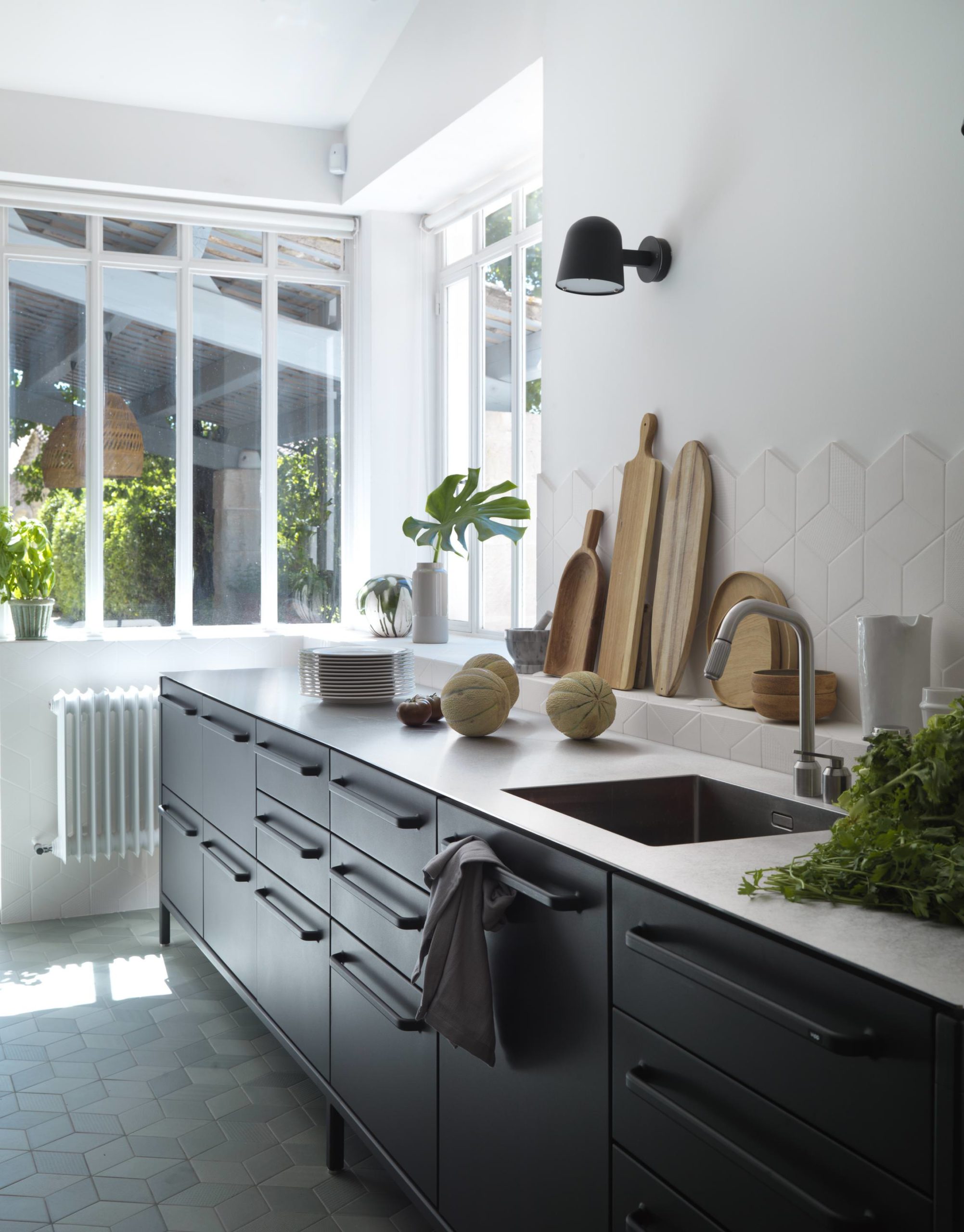
Courtesy of Vipp.
FRANK CHRISTENSEN EGELUND: When Vipp decides to go into a new category, they of course do all of the research that is necessary. We don’t go into a new category unless we know we can do better than the existing. We go in and we make what we think is the best and the most durable product. We want to make one product that lasts forever.
Here in the U.S., there seems to be a tendency to buy and throw out. I think that is one of the reasons that Vipp is experiencing a lot of attention right now. A lot of people like not only the story, but that they can keep the products forever.
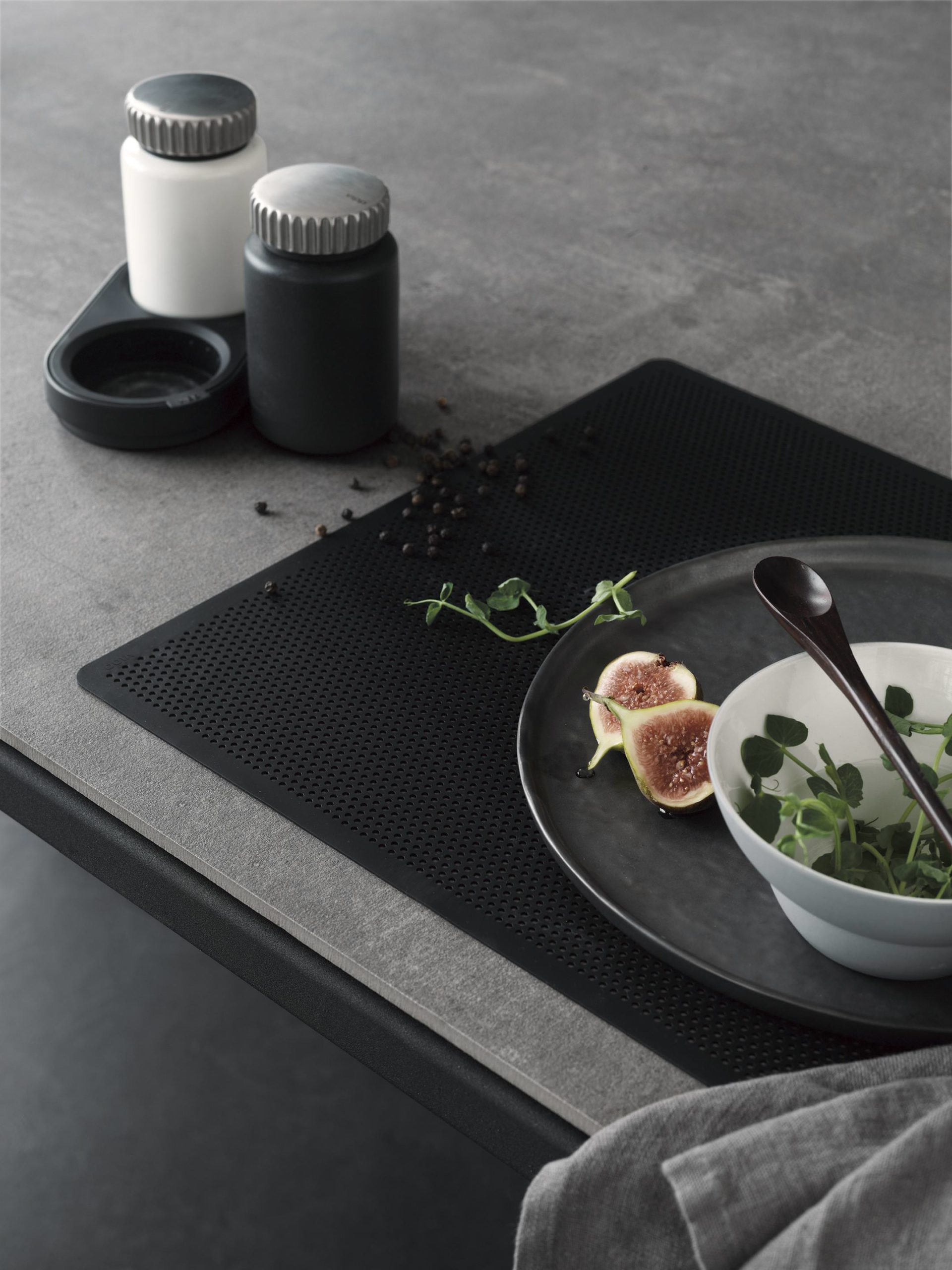
Courtesy of Vipp.
I think that’s something I was raised with as well. We don’t buy because we can; we really stick to the products we have and we take good care of them. I think that’s also what we try to teach our children.
SCE: And we sense that American customers are opening their eyes to this; they get it and understand it. It’s a transition culturally, and there’s a movement toward buying less but better.
WW: Sustainable design is a big topic, but the functionality and the beauty of an object are things that make people want to keep it. Is that something you think about—how to marry aesthetics and function?
SCE: The feeling, the texture, the noise—there are just so many other dimensions to it. I think there’s much more to design than just the visual perspective. Everything makes it a whole.
What makes me proud is when we receive a call from a client about a trash can they have bought maybe 25 years ago and they want the rubber ring replaced; we can do that for them. I’m not sad thinking they should have bought a new one. We don’t try to convince people to buy objects that are expensive, but because it’s something that over the years they will treasure and be happy about making that decision.
WW: Where did the interest in expanding to kitchens, not just items for the kitchen, come from?
SCE: It came up in conversation: “Why don’t we try to make a kitchen that matches a trash can? We’ve sold trash cans for kitchens for the last 80 years, so why don’t we try to make a kitchen?” If we’re making it in the materials that we have great knowledge working with—steel, brushed stainless steel, rubber pieces—then we’re still within our competence.
FCE: We didn’t want to just do a kitchen; we wanted to do a professional kitchen, just like the trash can was developed for a professional market. In the research for how that kitchen should be, we asked some of the chefs we had good relationships with in Denmark, and who said you need to have access for cleaning underneath. If you want to cook, if you want to bake, if you want to do anything on a countertop, the best countertop would be stainless steel. So a lot of those conversations created the mindset for how the kitchen should look. It’s a kitchen, but it’s also furniture for me. You can move with it.
WW: And then can fit in a variety of styles of homes, right? Not just super-modern.
SCE: Yeah, it’s very fun and it doesn’t take very long to assemble because there’s not a lot of customization on site. It’s a different mindset; it’s much more flexible. In terms of using your time efficiently, there aren’t a lot of headaches on the way or a lot of project management.
We’ve seen them installed in a 17th-century chateau in France and a penthouse with concrete ceilings and floors in Israel. The thing they have in common is a kind of creative way of thinking. There is a tendency in design, like in fashion, to keep creating new. This kitchen was created probably six years ago, and I still think it looks very appealing. The trash can was made almost 80 years ago and it still looks very appealing. It’s a very difficult task, to make
something that is timeless.
FCE: A question I get a lot is, “What business are you in?” I normally say I’m in the design business, but actually, we’re more in the tool business. We make tools for everyday life.






